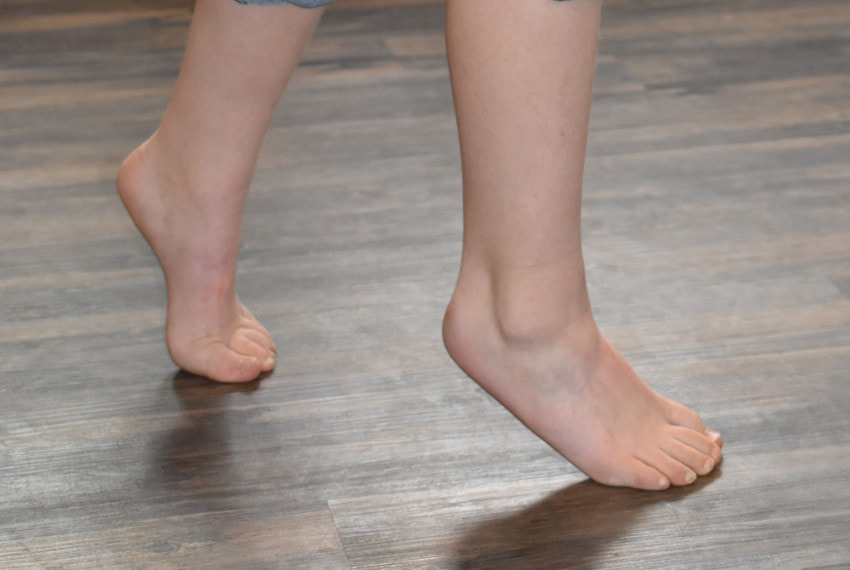|
Most children learn to walk between 12-15 months of age with their feet flat on the ground. Some children who are first learning to walk may walk up on their toes or on the balls of their feet. This typically disappears within 3-6 months of regular walking. Habitual toe walking occurs with children who continue to toe walk beyond the toddler years (after age 2). By age 3, there should not be any residual toe walking. Some parents think it is “cute,” but if it persists, it needs to be watched and addressed. Left untreated, children can end up with tight leg muscles, balance and coordination difficulties and walking problems. Early treatment by a Pediatric Physical Therapist can reduce and prevent toe walking. What causes Toe Walking?
What are signs of Toe Walking?
What are some complications of Toe Walking?
What treatments are available for Toe Walking?
0 Comments
Leave a Reply. |
By: Prana Practitioners and Other ExpertsExperts answer all your questions about pregnancy, birth, motherhood, and beyond. Archives
July 2024
Categories |


 RSS Feed
RSS Feed
